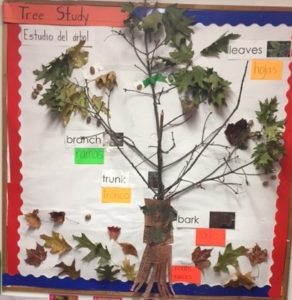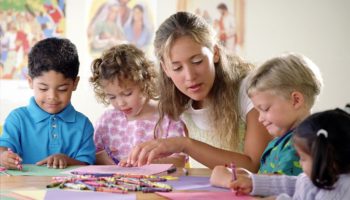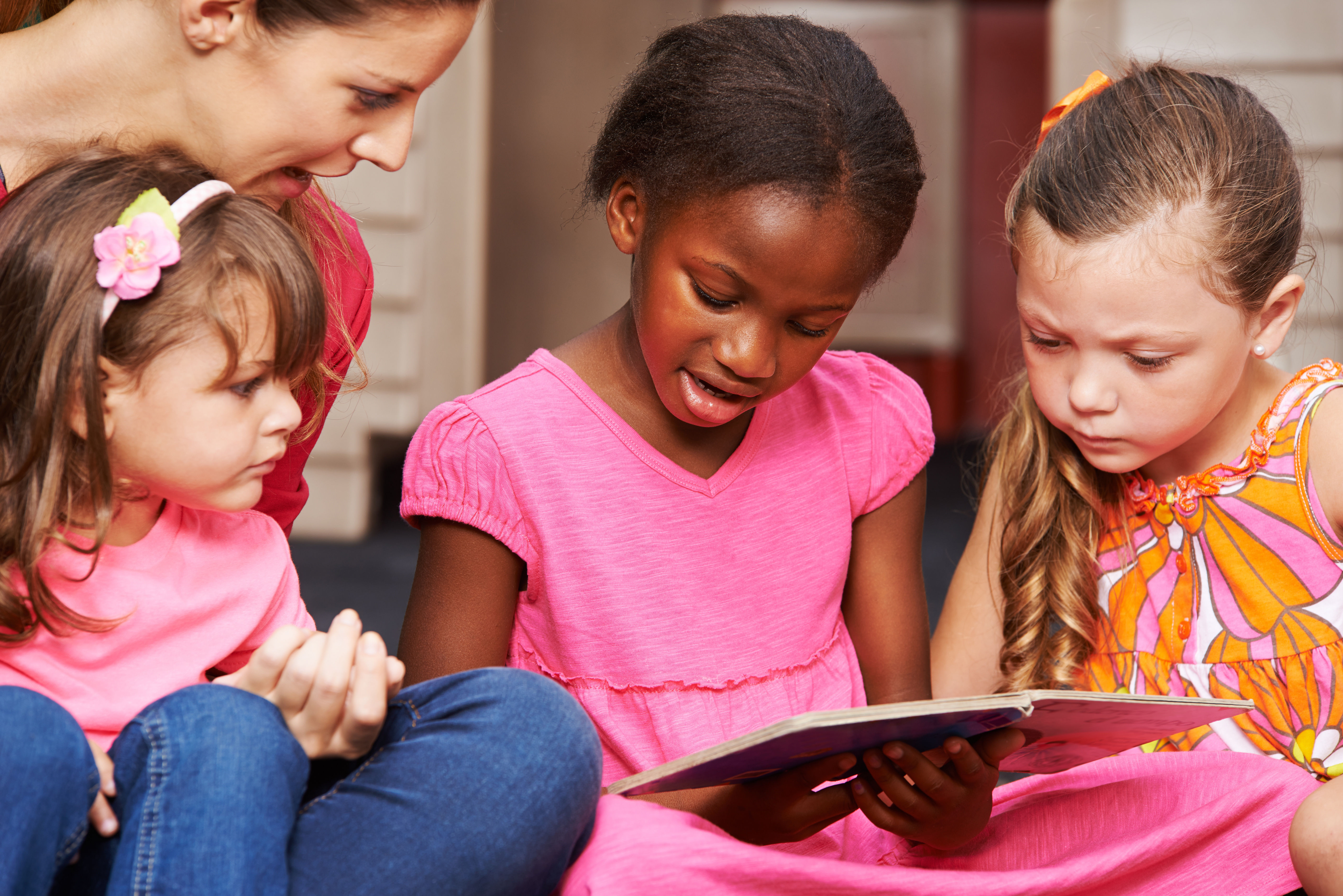Lisa Mulliken
The display in any early childhood classroom is an important part of a thoughtfully prepared learning environment and provides insight into the children and teachers who spend their day there and their current interests and themes. In a developmentally appropriate classroom, many current examples of easily visible, child-created display are observed. Children’s drawings and paintings adorn the walls, three-dimensional creations, such as playdough sculptures or cardboard collages, are displayed on the tops of shelves, children’s names and photos are used throughout the classroom and children’s contributions are reflected through charts and graphs created with their input or comments written on their artwork. This display sends a message to children that they are a part of the classroom community, shows that their contributions are valuable and helps teachers and children learn more about and from each other.
Additional displayed materials may remind children of the classroom rules, provide consistency through a posted daily schedule or encourage children to manage the number of children in each area during play. Thoughtfully displayed materials that combine print with pictures can help children understand that there is meaning in print and written numerals connected with pictures that represent the number help support children’s understanding of number and quantity.

The displayed materials provide many formal and informal learning opportunities throughout the daily schedule. Teachers may refer to a classroom chart or the weather graph during circle time, point to and read print from the menu as a child asks about lunch, engage in conversation about a child’s photo or artwork during free play or refer to picture/word reminders during hand washing routines to help support sanitary practices. Displayed materials created by the children also provide opportunities for documentation, such as photos of children and their creations, artwork, work in progress and transcriptions of children’s comments and explanations. When used as a teaching tool, classroom display is more than just pretty decoration for a classroom and can provide many opportunities for teachers and children to engage in conversations and activities that create learning opportunities throughout the day.



